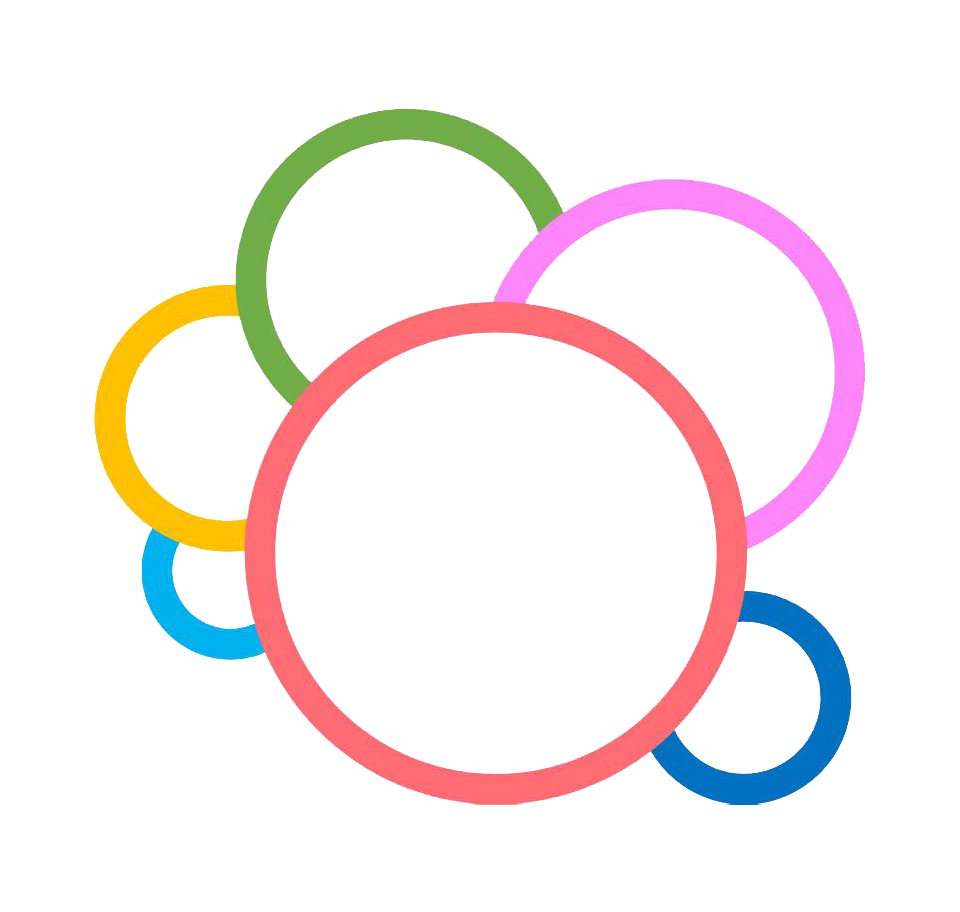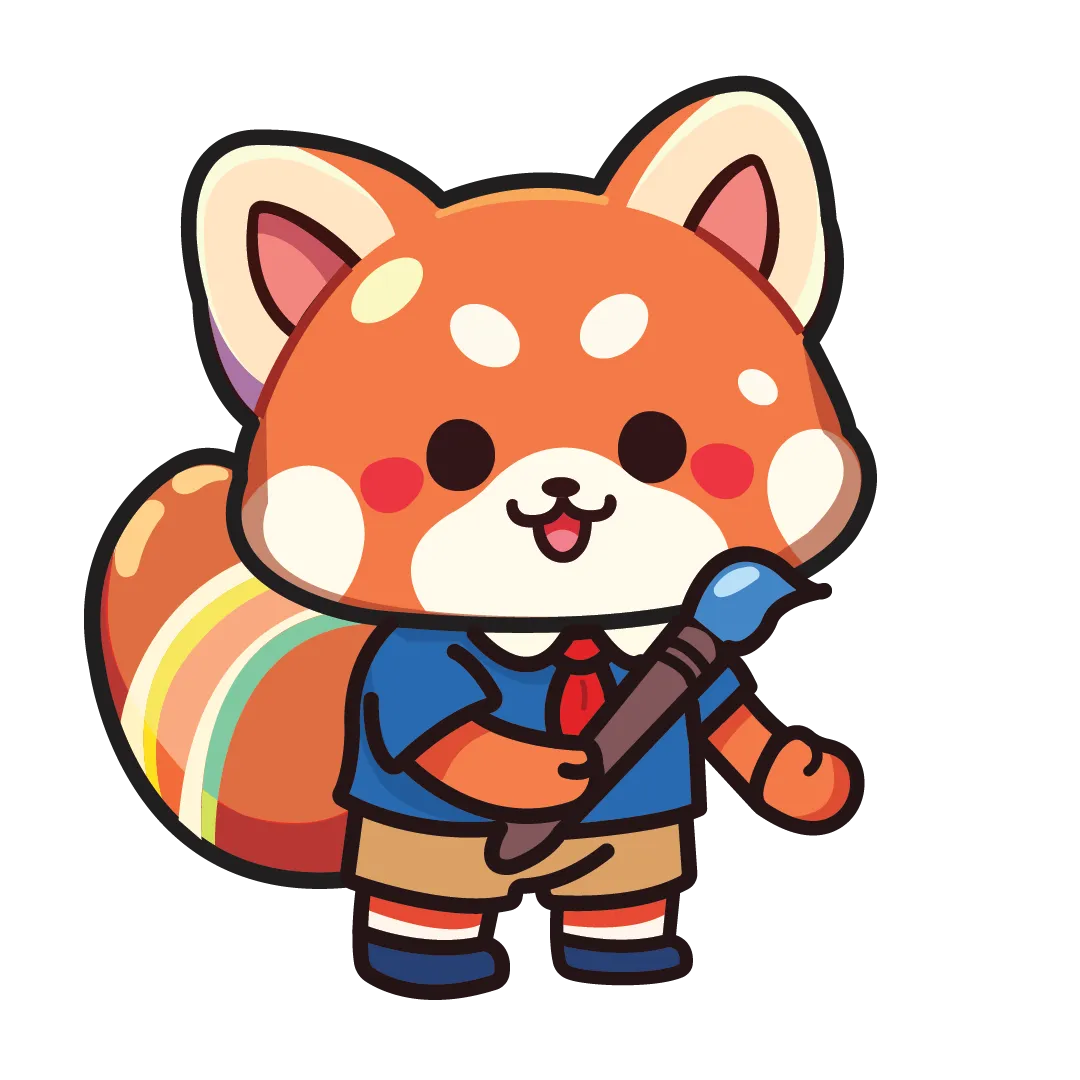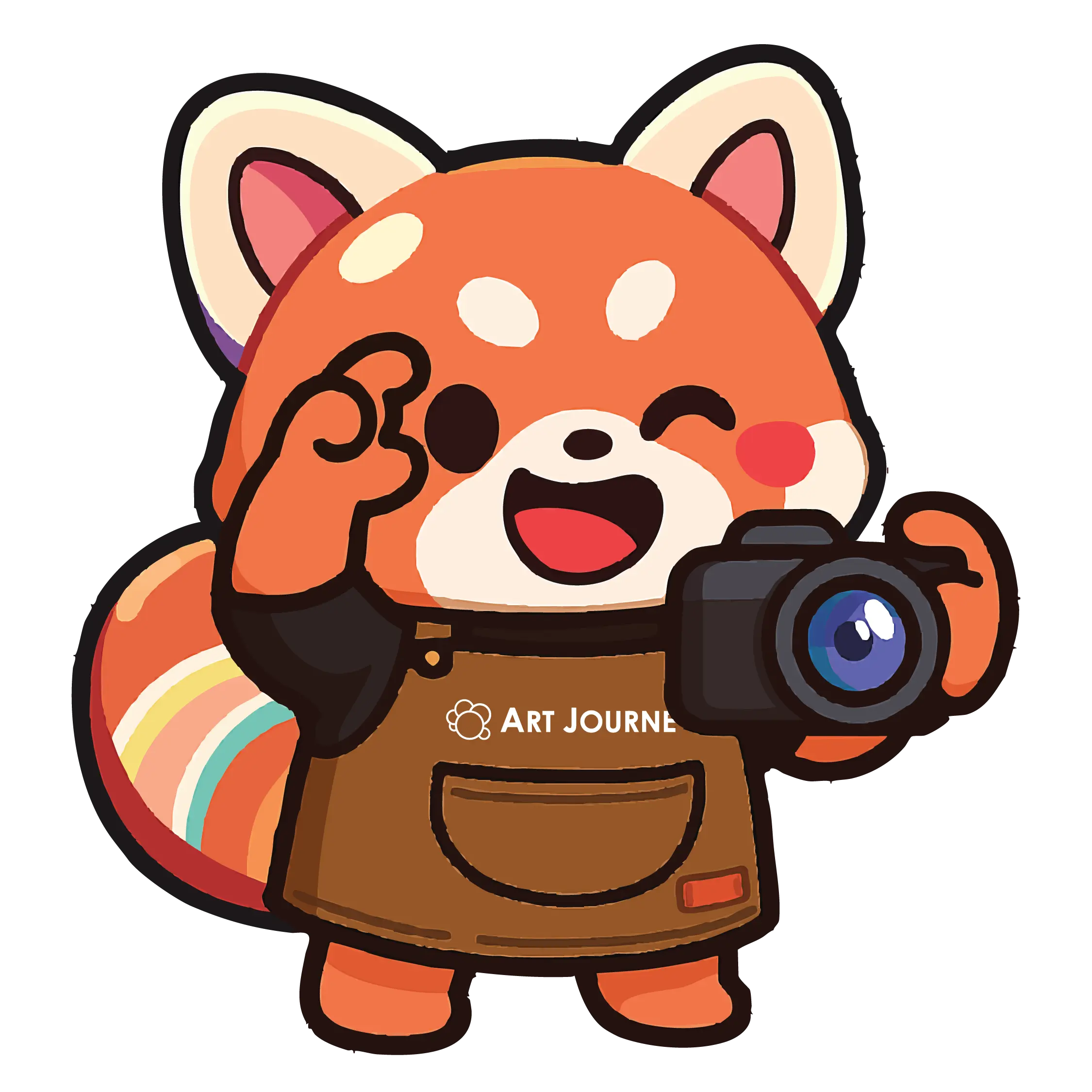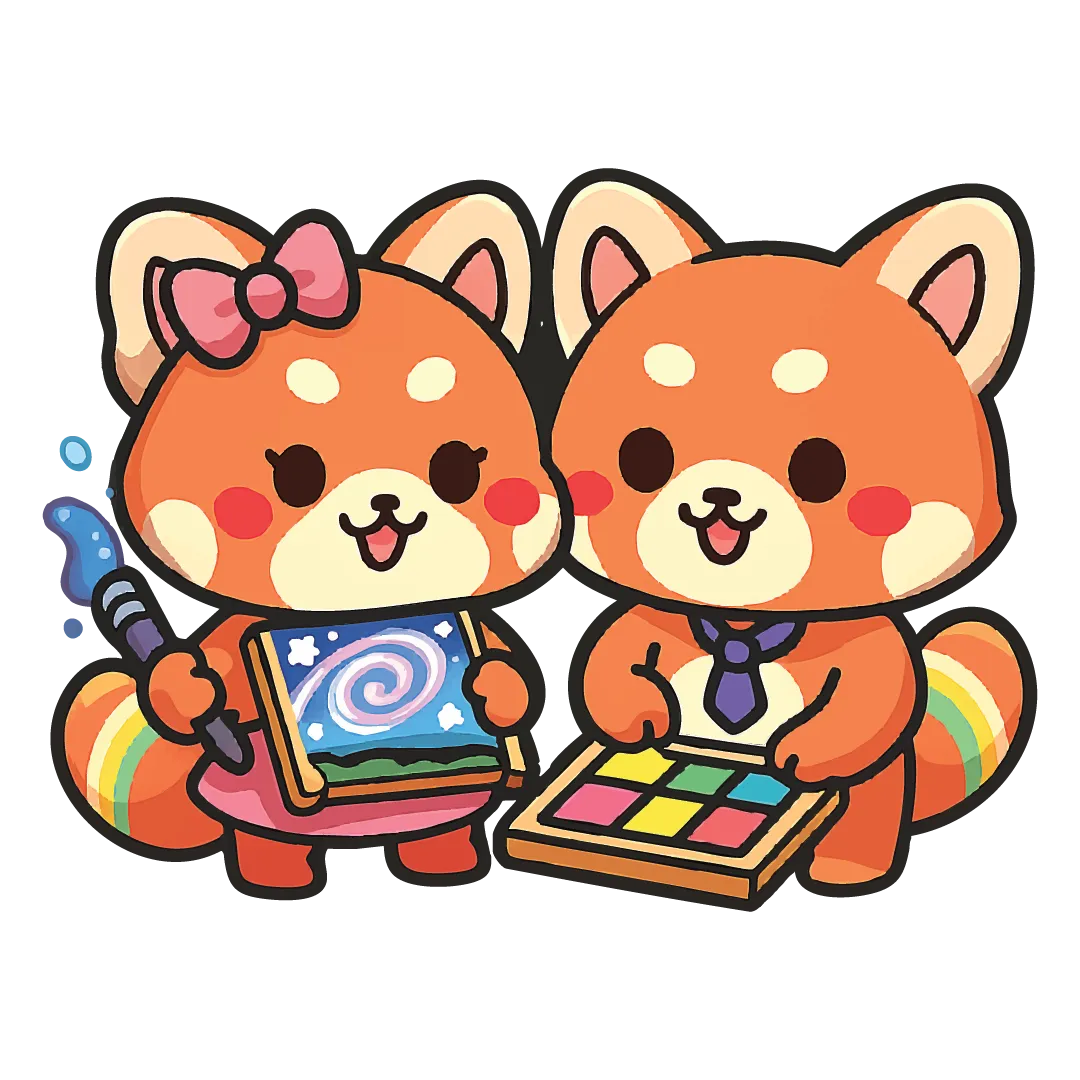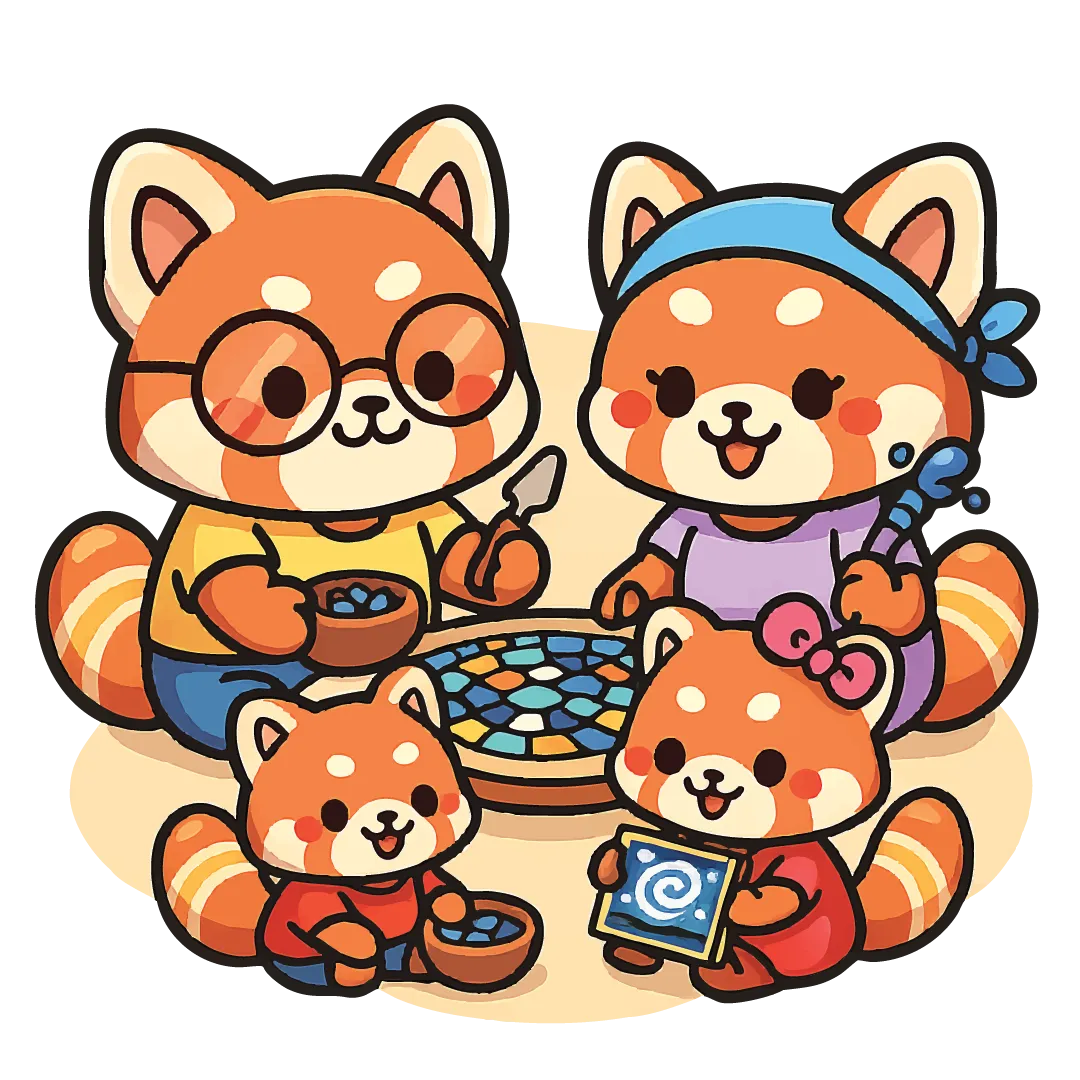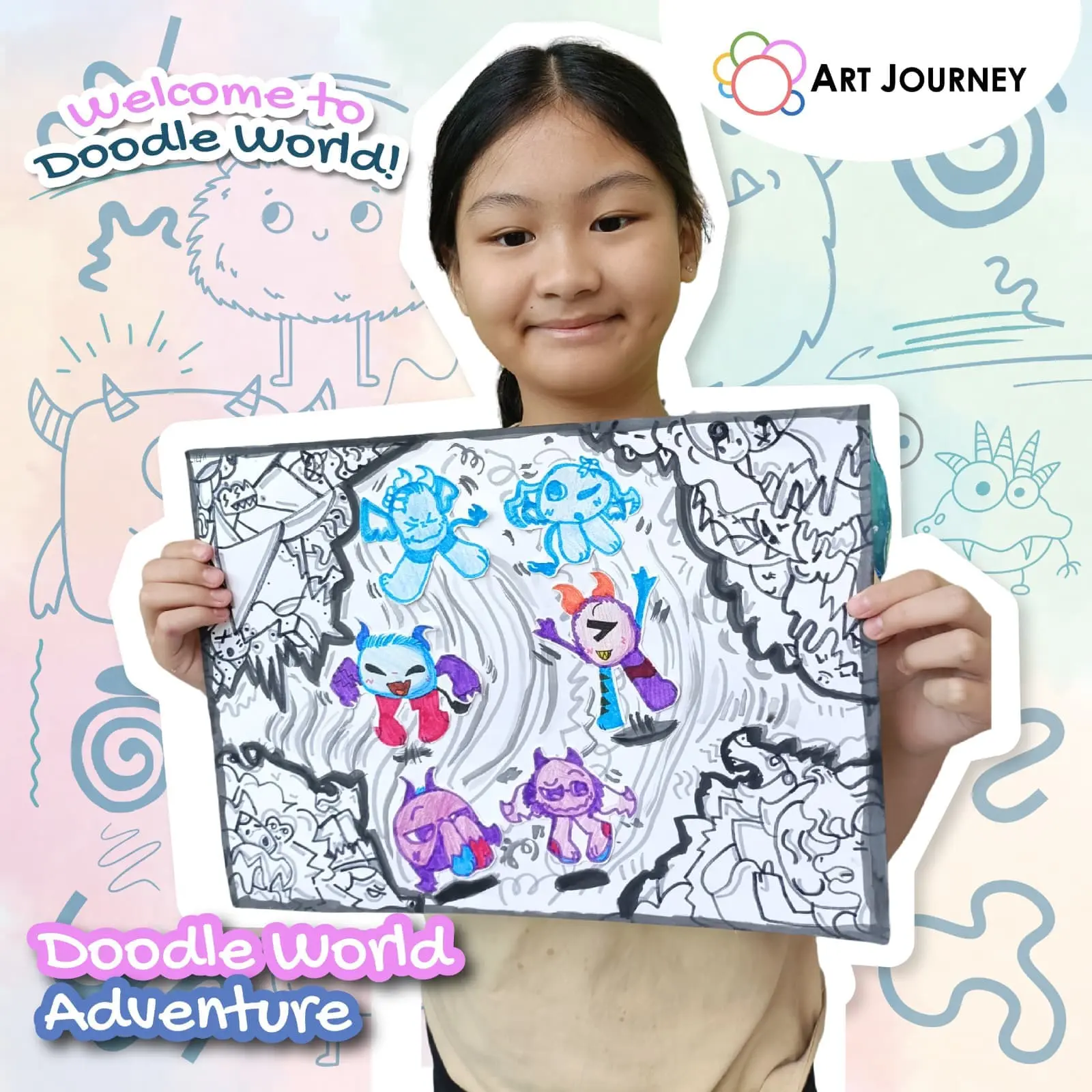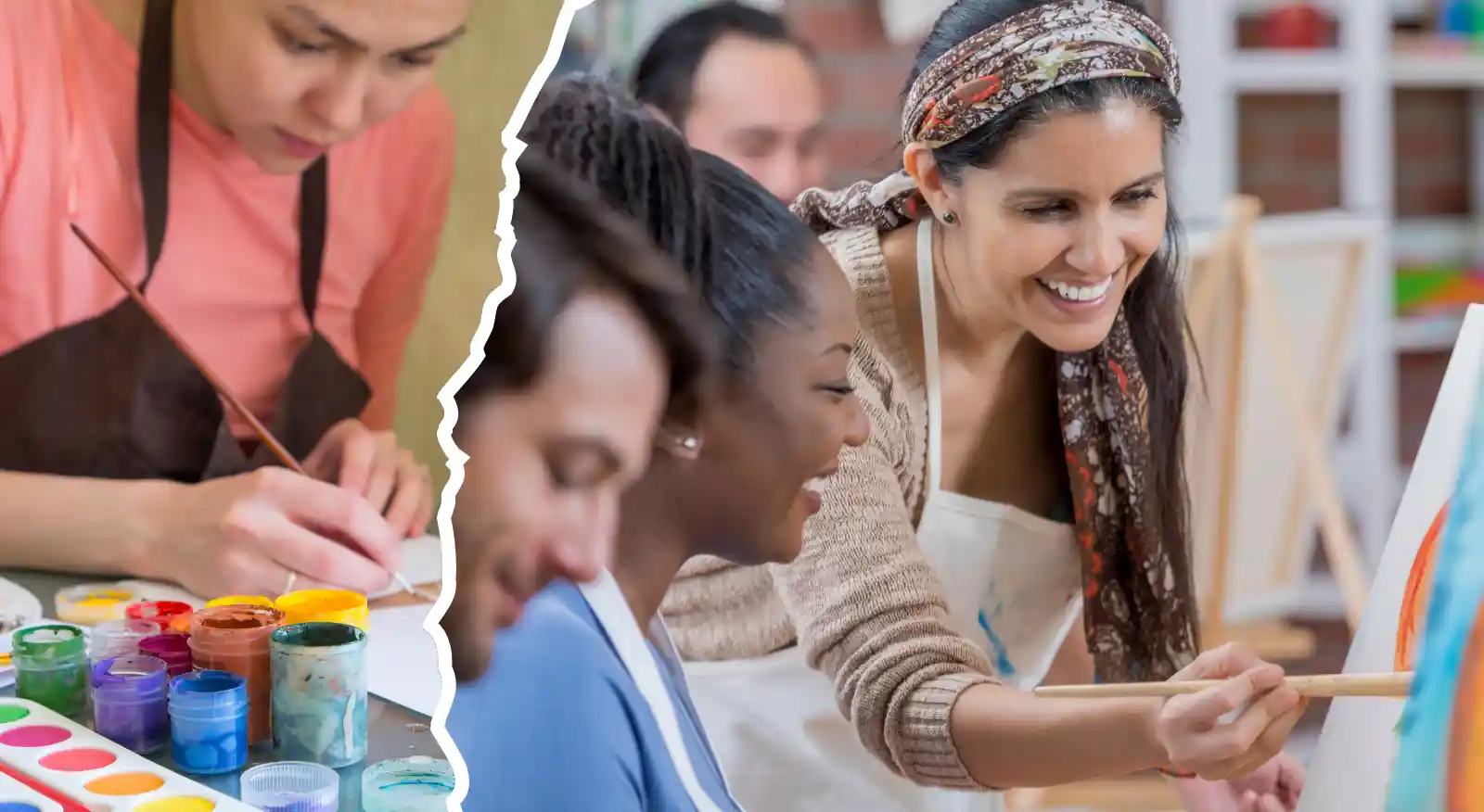
Art as a Stress-Relief Tool for Corporate Teams
Modern workplaces move fast—deadlines, performance targets, virtual meetings, and high expectations are now part of the daily grind. As a result, stress and burnout have become all too common across corporate environments. Companies are searching for effective ways to support their teams’ mental well-being and foster a healthier, more engaged workforce.
One increasingly popular solution? Art.
You might be surprised to learn that creative expression—through painting, drawing, sculpting, or mixed media—can have a profound effect on how employees manage stress, connect with others, and recharge mentally. Far from being limited to artists or designers, art-based experiences are proving to be powerful wellness tools for all kinds of professionals.
In this article, we explore why and how art can help corporate teams manage stress, and how to bring creativity into your workplace in a way that’s inclusive, effective, and enjoyable.
Why Stress Relief Matters at Work
According to numerous workplace studies, prolonged stress is one of the main contributors to employee dissatisfaction, absenteeism, and even high turnover rates. Chronic stress affects focus, energy, productivity, and interpersonal dynamics—ultimately impacting both individuals and business outcomes.
Traditional approaches to stress management (like workshops, time management tips, or exercise programs) can be helpful, but they often overlook the emotional release and psychological benefits that come from creative activities.
That’s where art enters the picture.
The Science Behind Art and Stress Reduction
Creating art isn’t just fun—it also triggers psychological and neurological changes that support relaxation and well-being. Here’s how:
- Engaging in creative tasks lowers cortisol levels, the hormone associated with stress.
- Art promotes a “flow” state, where time slows down, and focus deepens—similar to meditation.
- It activates brain areas related to emotion, memory, and pleasure, helping process feelings and improve mood.
- Making art provides a non-verbal outlet for emotions that may be difficult to express in typical work conversations.
In other words, even simple creative exercises can shift the brain into a more calm, open, and centered mode.
How Art Benefits Corporate Teams Specifically
- Encourages Mindfulness and Focus
Art helps participants stay in the moment, focusing on colour, shape, and process instead of deadlines and emails. This mindfulness reduces mental fatigue and allows the brain to rest from analytical tasks.
- Boosts Morale and Motivation
Doing something enjoyable outside of regular work tasks can re-energize employees. Group art jamming help break the routine, spark joy, and remind team members that they are seen as whole individuals—not just job roles.
- Fosters Social Connection and Empathy
Collaborative art jamming encourage team members to engage with one another in a relaxed, judgment-free setting. These positive social interactions build trust, understanding, and camaraderie—core ingredients of strong teamwork.
- Improves Creative Problem Solving
Stepping into a creative mindset can improve cognitive flexibility. When employees explore shapes, colours, and unconventional ideas through art, they’re also exercising problem-solving muscles that transfer back to work challenges.
- Supports Emotional Expression and Mental Wellness
Art can offer a safe outlet for stress, anxiety, or frustration—without the need for words. It’s especially helpful for employees who may not feel comfortable discussing emotional health directly.
Types of Art Activities That Work Well for Corporate Teams
When introducing art into the corporate space, it’s important to choose activities that are accessible, inclusive, and fun—especially for people who don’t consider themselves “creative.”
Here are a few popular options:
- Art Jamming Sessions
Participants get individual or shared canvases, a selection of paints, and the freedom to create whatever they like. No rules, no pressure. These relaxed sessions are perfect for beginners and allow for social interaction while creating.
Studios like Art Journey in Singapore offer guided art jamming experiences for corporate groups, complete with materials, instruction (if desired), and a supportive environment.
- Collaborative Murals
Teams work together on a large canvas or wall to create a joint piece. This encourages communication, coordination, and a sense of shared achievement.
- Guided Themed Workshops
Activities like watercolor painting, clay modeling, or mosaic art with light instruction can be relaxing and structured, offering gentle guidance for hesitant participants.
- Art + Wellness Hybrid Events
Pair art jamming with mindfulness or journaling for a deeper stress-relief experience. These can be offered during mental health awareness days or quarterly team wellness events.
Tips for Planning a Corporate Art-Based Session
- Start with the Intention, Not the Output
The goal isn’t to create masterpieces—it’s to relieve stress and connect with others. Emphasize that no art experience is necessary and there’s no such thing as “doing it wrong.”
- Offer a Comfortable, Low-Pressure Setting
Avoid anything overly competitive. Choose an atmosphere that encourages play, experimentation, and enjoyment.
- Keep Group Sizes Manageable
Smaller groups (8–15 people) allow for more interaction and personal support, but larger teams can be split into multiple sessions or breakout groups.
- Provide Materials and Setup
To make the experience seamless, consider using a venue or partner that handles setup, cleanup, and supplies—so your team can focus on the fun.
- Encourage Sharing, But Don’t Force It
Give participants the option to share their creations with the group, but make it clear that there’s no pressure. Some people enjoy discussing their work; others may prefer private reflection.
How to Introduce Art into Your Workplace Culture
If a one-off art event is well received, consider weaving creative activities into your broader wellness strategy:
- Monthly drop-in art hours
- DIY craft corners in break rooms
- Annual team mural project
- Art-themed retreats or off-site meetings
- Collaborations with local studios or facilitators
Regular exposure to art and creativity sends a clear message: your workplace values well-being, emotional expression, and personal growth.
